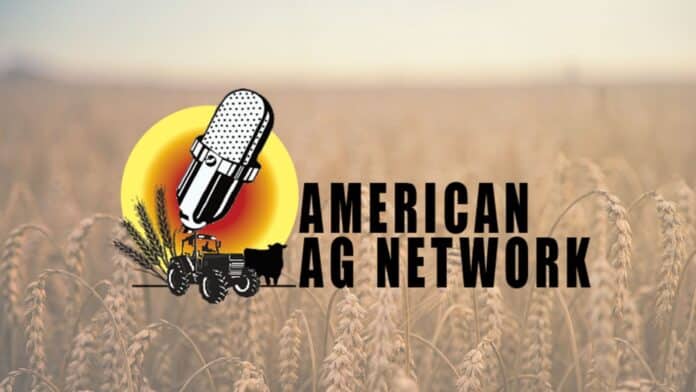JAMESTOWN, N.D. — A new study from U.S. Geological Survey biologists shows that grassland birds in North Dakota have responded more negatively to the expansion of corn and soybeans as compared with oil and gas development and other types of agriculture.
In the Great Plains, corn and soybeans, the raw feedstocks used for bioethanol and bio-diesel production, have expanded in recent years following incentives for the production of renewable fuels. The region has also seen surges in oil and natural gas production. Both types of development have led to widespread conversion or modification of grasslands, which provide habitat for numerous bird species, many of which are recognized as species of conservation concern.
“North American grassland birds have experienced more population loss in recent decades than any other category of bird,” said Max Post van der Burg, USGS biologist and the lead author of the study. “Temperate grasslands are one of the least protected biomes on the planet and less than 30% of grasslands in the US remain, the rest having been converted to other uses like cropland.”
The new study used data from the North American Breeding Bird Survey and crop data from the U.S. Department of Agriculture to determine how land use change from oil and gas development and biofuel crop production affected four grassland bird species (bobolink, grasshopper sparrow, Savannah sparrow, and western meadowlark) in North Dakota from 1998 to 2021.
This study found that all four bird species responded negatively to the proportion of corn and soybeans on the landscape. In contrast, only one species, the Savannah sparrow, showed a negative response to oil and gas development, which was weaker than the effects of agriculture. The negative effects of biofuel feedstocks on grassland birds may be stronger and more widespread because these crops require a lot more land than oil and gas to produce an equivalent amount of energy. While oil and gas infrastructure and associated human activity and noise can negatively affect birds, these effects may be more localized.
The effect of corn and soybeans was distinct from other types of agriculture. Three species (bobolink, grasshopper sparrow, and western meadowlark) were more likely to use areas with a higher proportion of small grains like oats, wheat, and barley when compared with corn and soybeans. Grassland birds may be more tolerant of small grains because they have a vegetation structure and seasonality that more closely resembles native grassland habitats.
Though the grassland birds were not as negatively impacted by small grains or oil and gas as by corn and soybeans, only one type of land cover studied had positive effects on all four bird species: grasslands. Unsurprisingly, these birds were most likely to be found in their preferred habitat rather than in areas modified or converted for agriculture or energy.
“Our nation is experiencing a shift to multiple forms of energy production, from solar to wind, and fossil fuels to biofuels,” said Post van der Burg. “Understanding how different types of energy development affect wildlife habitat can help policymakers, conservationists, farmers, and developers better measure the benefits and environmental costs and come up with solutions that balance the trade-off between agricultural land use, energy development, agriculture, and habitat for wildlife species.”


